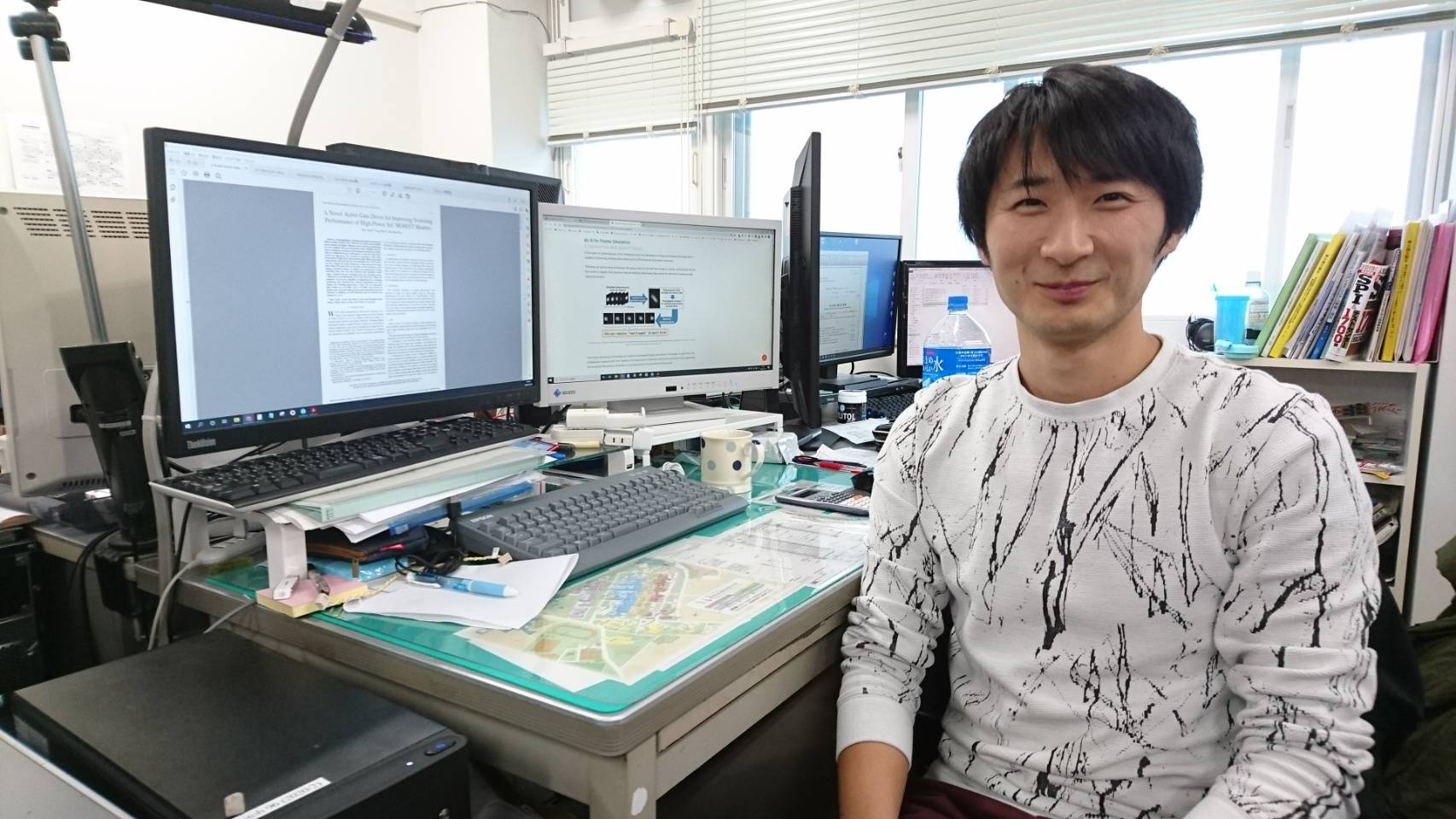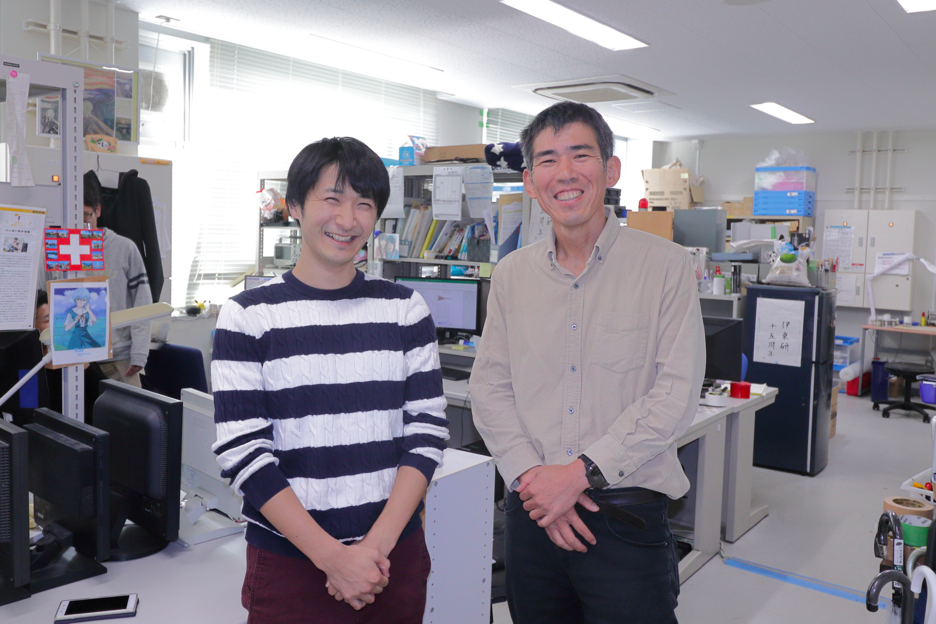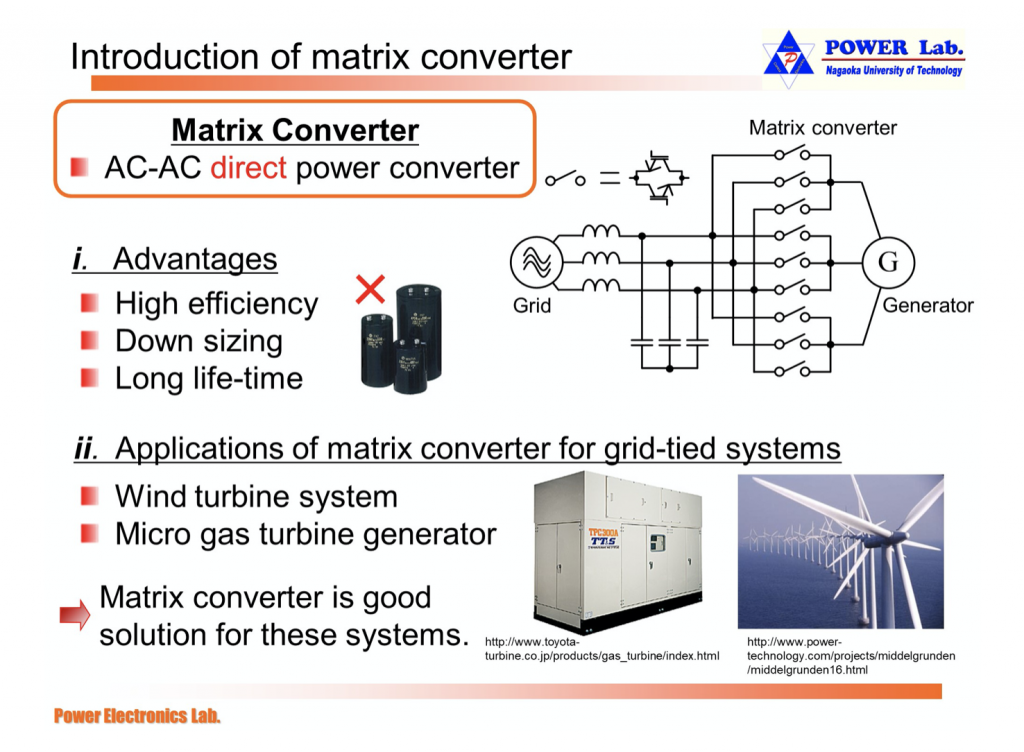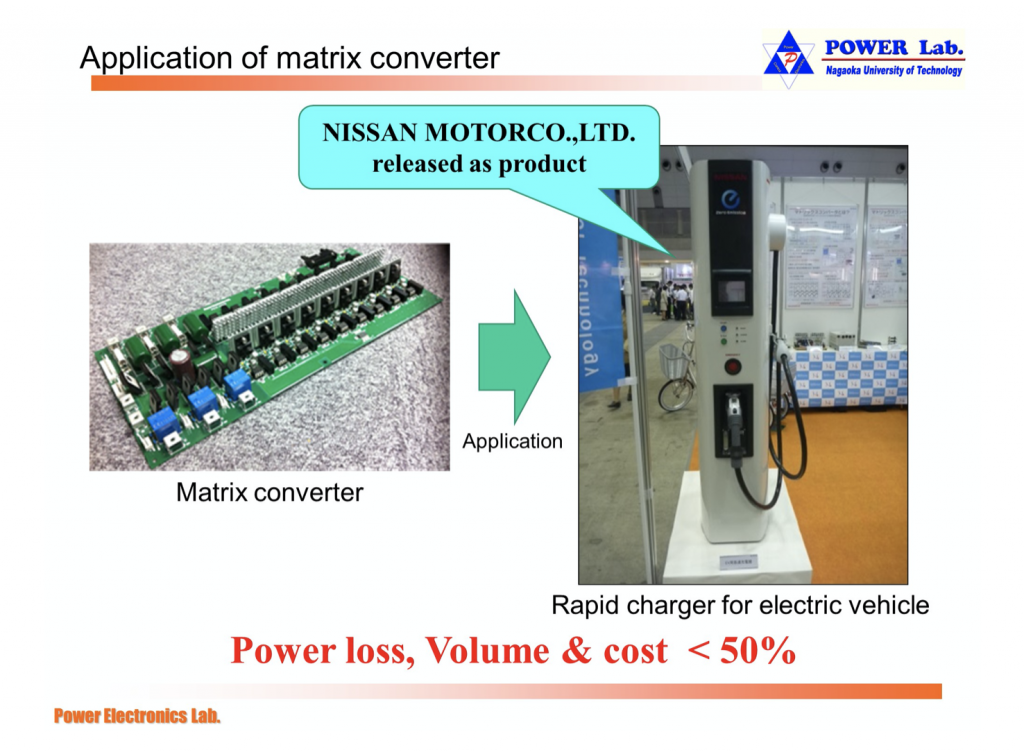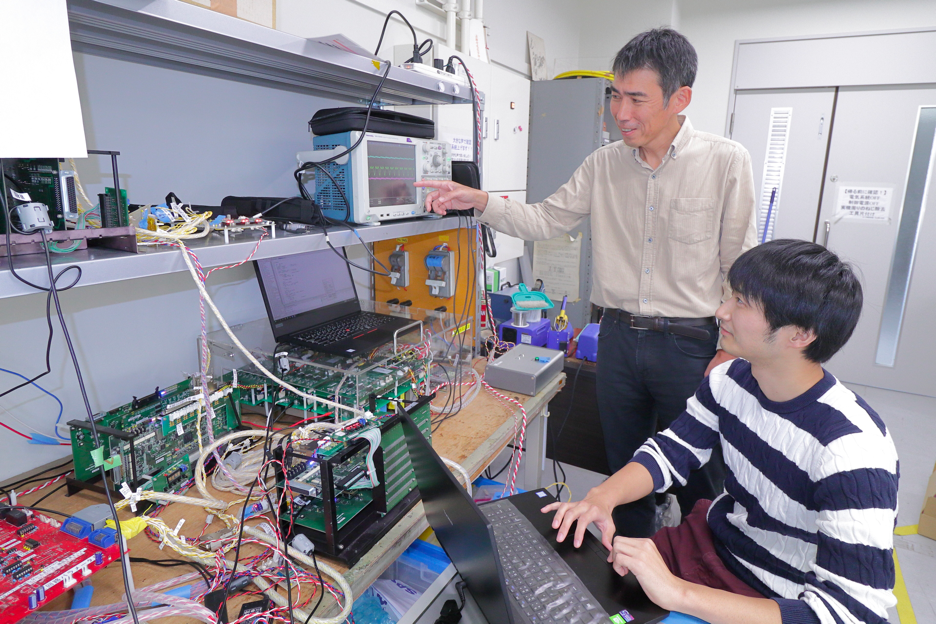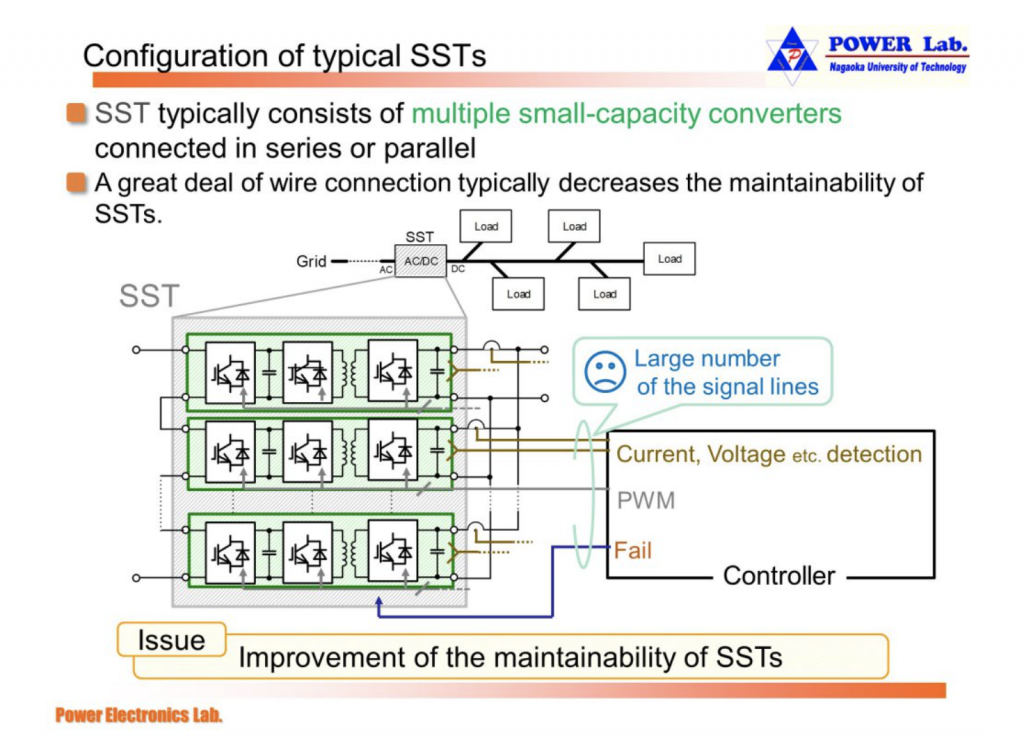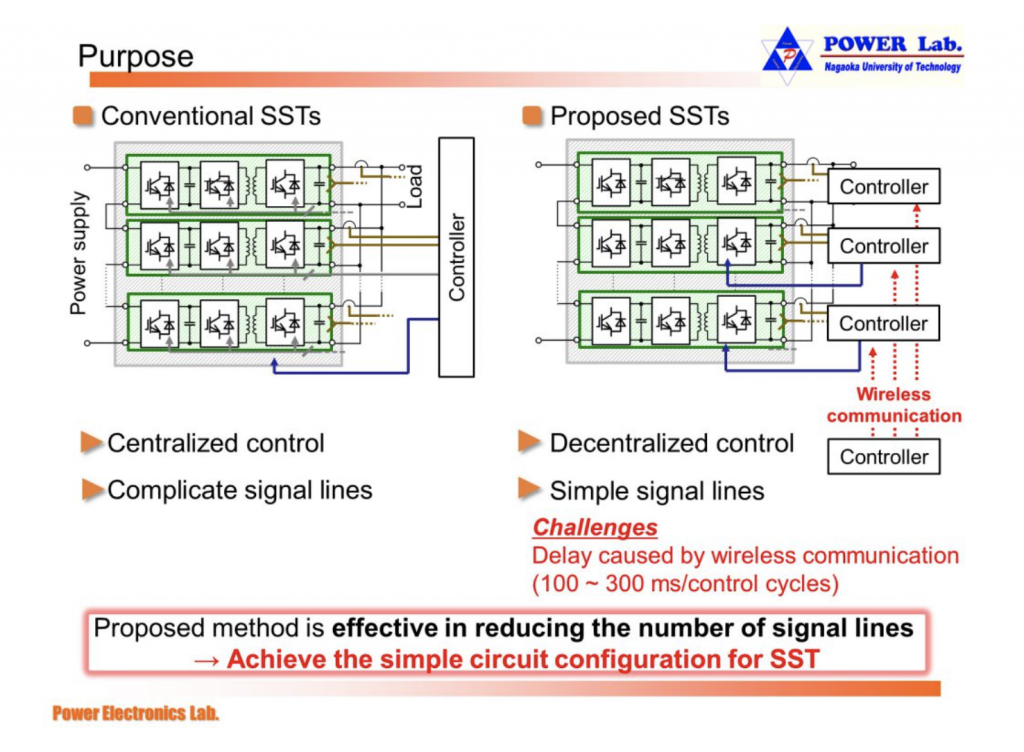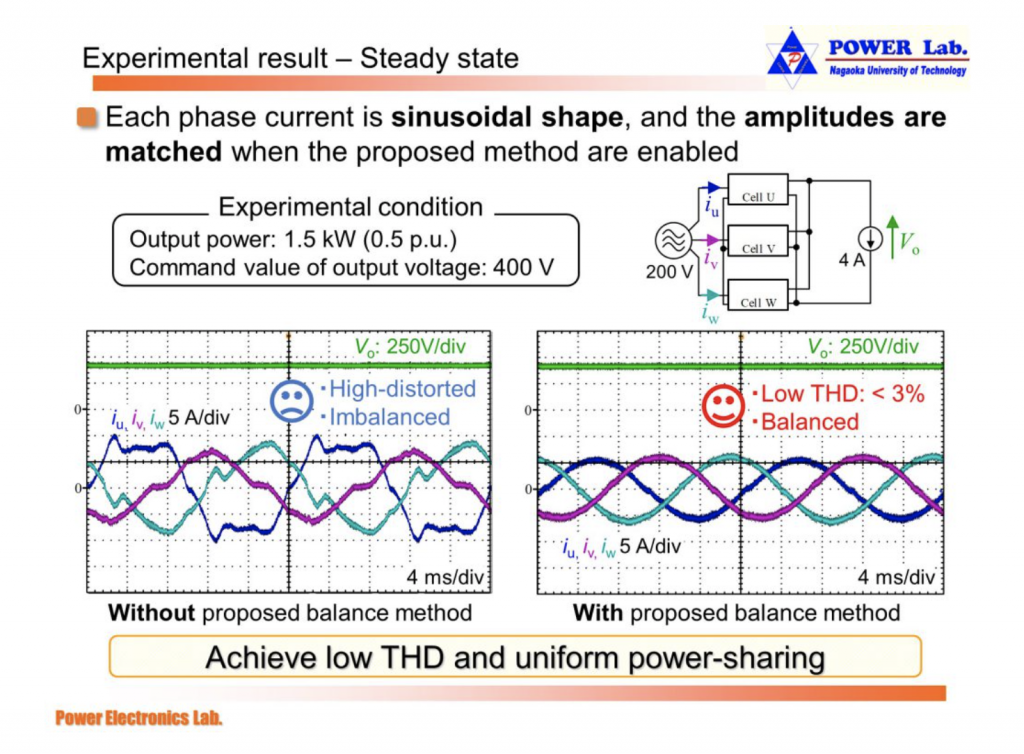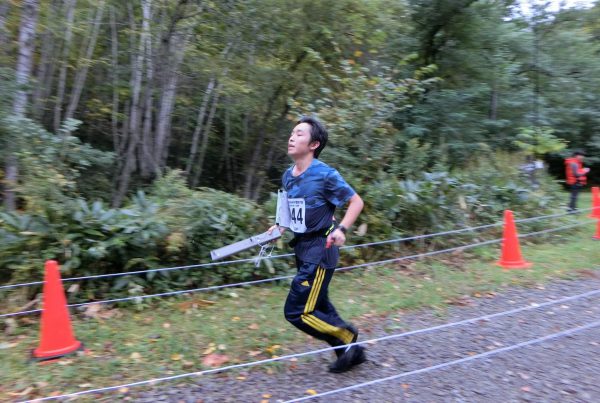Keita Ohata’s interest in robots sparked his curiosity about electrical systems, and that led him to pursue a degree majoring in Electrical and Electric Engineering at Nagaoka University of Technology (NUT).
While many would have been already impressed that back in high school, Keita already assembled his own robot since he was part of a robotics club, that was not enough for him. “I enjoyed assembling and making robots, but my interest shifted to the mechanisms or electrical systems that make these robots move,” he begins.
Keita Ohata of Nagaoka University of Technology
“In robot design, there are electric components that convert energy into mechanical work. Let’s say you have a robot battery and this battery has stored chemical energy. Using motors and engines, the said chemical energy can be converted into a rotational energy to move or spin the motors. I was fascinated by this concept in robot design,” he adds.
Learning from a highly-esteemed expert
Keita used his hunger for learning to fuel his determination to enter NUT and learn from one of the best power electric professors, Professor Itoh, no matter how difficult and far-fetched it seemed during that time.
He has seen how influential Professor Ito’s works are, from his laboratory, to the conferences he has attended, down to the journals he has been doing.
Keita, together with Prof. Jun-Ichi Itoh inside the Itoh Laboratory at NUT
What impressed him the most is the AC to AC power conversion which Professor Itoh realized when he was an employee of Fuji Electronics.
“Professor Itoh’s use of this type of matrix converter resulted to high efficiency, long lifetime and downsizing in comparison to a conventional AC/AC converter. His research attracted industry fields, including Nissan Motor Corporation which uses the control method for matrix converter in rapid charging of electric vehicles.”
Some practical applications of the matrix converter realized by Prof. Itoh.
Photo Credit: Power Electronics Laboratory (NUT)
Now that he is having the once-in-a-lifetime chance in his life to learn from Professor Ito, he is savoring every moment.
“Prof. Ito is very strict,” he shares. “But is a good thing for me. Comment is important for engineers, both in the academe and in the industries, so we should get feedback, direction, from the teacher.”
Keita and Prof. Itoh reviewing the data from an oscilloscope which is used to verify the waveforms of the circuit.
On Pursuing His Research
At the moment, Keita is focused on his research about achieving efficiency in power conversion, specifically, distributing control between internal power conversion.
“I look at power characteristics which have two types: alternative current (AC) and direct current (DC). An example of alternative current are the wall outlets at homes or normal household electricity. AC has electrons that goes back and forth at regular cycles.”
“DC, on the other hand, is a type of current that flows directly from the source, and in one direction. Think of batteries that power cars, cellphones, or flashlight. I am studying both of them.”
Explaining the importance of his study, Keita explains: “If they are not controlled, the electric flow is not balanced between the power conversion system and can result to stress on the system and will affect its lifetime value. So, we should control the electric roles for each power converter.”
Keita Ohata’s Research:
Achieving efficiency in distributing control between internal power conversion
Photo Credit: Power Electronics Laboratory (NUT)
Keita's Vision of the Future
Keita may still be in the process of honing his knowledge in the power electric field, but he is looking forward in the coming years where Japan can further advance in the power electric field because of his study.
“I hope to apply my research to help the university create a sustainable future. The field of power electronics is focused on the efficient use of energy, and research in this area can help us maximize the use of limited resources that we have.”
“Electric vehicles do not emit CO2 and have higher efficiency usage than a gasoline-powered car. I hope that my research on power conversion can take electrical vehicles to a higher level in terms of power conversion and maximizing energy efficiency,” he concludes.
About Keita Ohata
Born and raised in Ibaraki prefecture, Keita Ohata attended a KOSEN (five-year engineering education from 15 years of age) before pursuing his Electrical and Electric Engineering program at Nagaoka University of Technology. If not in his research laboratory, Keita enjoys driving along the seaside of Japan, which is a very quick drive from his university.

